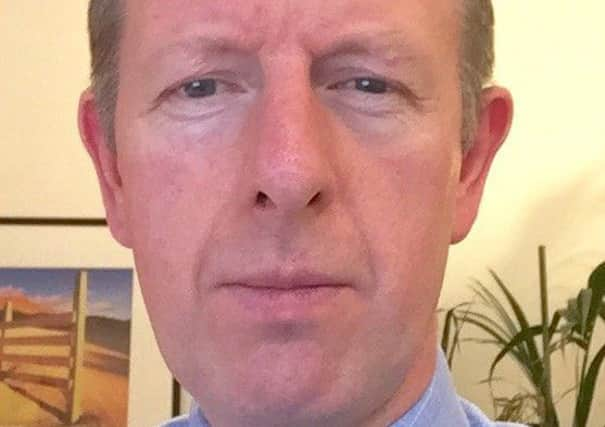Peter Kearney: Why is government letting anti-Catholic crime going unchecked?


This is unfortunate since the statistics, while dry and to some extent dull, tell us something about the society we all live in and the extent to which it remains scarred by past hatreds and tumults.
The fact that the government chose to release the statistics on the day after the UK General Election, which turned out to be one of the most seismic and unexpected results in recent memory, probably goes some way towards explaining the lack of attention paid to them.
Advertisement
Hide AdAdvertisement
Hide AdFortunately however, they did not go completely unnoticed. Among those concerned by them and willing to seek information and answers about a subject all too often swept under the Scottish political carpet was the Labour MSP Elaine Smith. In a series of parliamentary questions she sought to understand why more than half of all hate crimes (57 per cent) target Catholics or Catholicism. When one considers that Catholics account for just 17 per cent of the population, it is clear that this is an unusual and worrying statistic.
Were any other type of crime to be dominated so completely by a single type of behaviour, we might expect a targeted strategy to emerge, promoted by the authorities as a response to a particular problem.
Mobile phone use while driving, or drinking and driving would be cases in point.
While technically they are motoring offences, we never hear of public information campaigns which advocate “safe driving”; rather, particular types of behaviour, such as drinking or phoning are highlighted and rightly, condemned.
The approach is sensible and logical – before a problem can be tackled, it must first be identified and addressed.
Surprisingly, this doesn’t happen when it comes to religious intolerance and the criminal behaviour which goes with it. An indication of the Government’s unwillingness to adopt a name and shame approach to religious hate crime came in recent parliamentary exchanges.
When Elaine Smith asked cabinet secretary Angela Constance what action the Scottish Government was taking in response to the finding in the report, Religiously Aggravated Offending in Scotland 2016-17, that 57 per cent of all reported offences were directed at Roman Catholics and there had been a 14 per cent increase in offences, the response was vague.
While the secretary assured parliament, that the Scottish Government believes that “there is no excuse for any form of hate crime” and “there is absolutely no place for bigotry and prejudice in 21st-century Scotland and it will not be tolerated”. She went on to speak of plans to launch “a public campaign to raise awareness within wider society of the impacts of hate crime”.
Advertisement
Hide AdAdvertisement
Hide AdIn the view of many, a narrowing focus on this problem might be most appropriate, not a wider one.
Governments always like to list their spending and this area is no different. We’re told that over the last six years £13 million has been spent to tackle sectarianism, including £9.8 million directly invested in community-based projects across Scotland, many of which have “a strong focus on education”.
What we’re not told, however, is how the impact or otherwise of this spending is measured.
On a simple assessment, since the sums being spent have coincided with a worsening of the problem, perhaps the time is right to pause and consider new approaches. It may not be a bad idea to consider also how the efficacy of various programmes might be measured or whether, in fact, they can be measured.
Again, such an approach was encouraged by a follow-up question from Elaine Smith, when she asked the Ms Constance to “provide a breakdown of what specific action it is taking to address discrimination against Roman Catholics in response to the findings in the report; what outcomes it expects from this, and how it will measure the success of it.”
An answer to that question is expected in the coming weeks. I hope I am not the only one who looks forward to reading it.
Peter Kearney, Director, Scottish Catholic Media Office